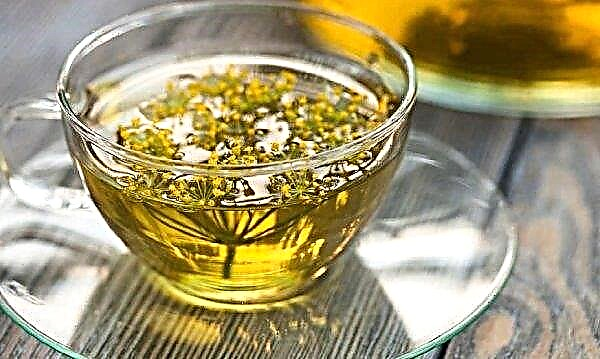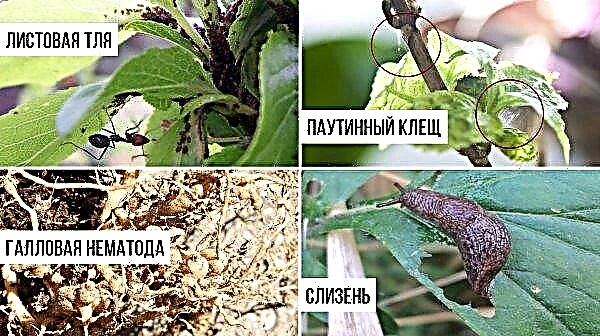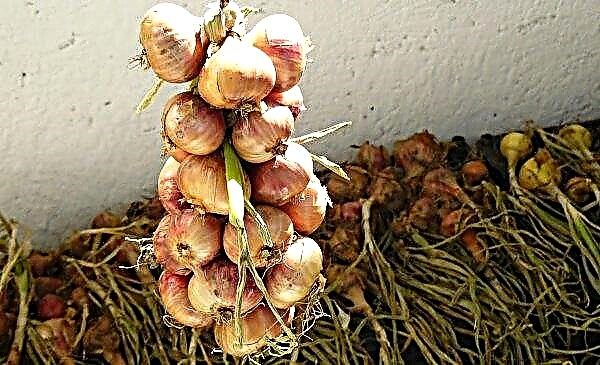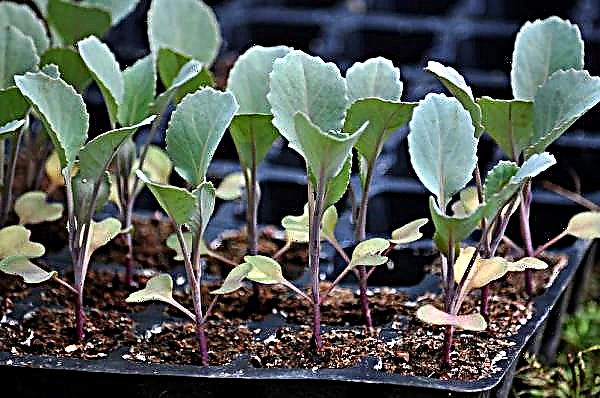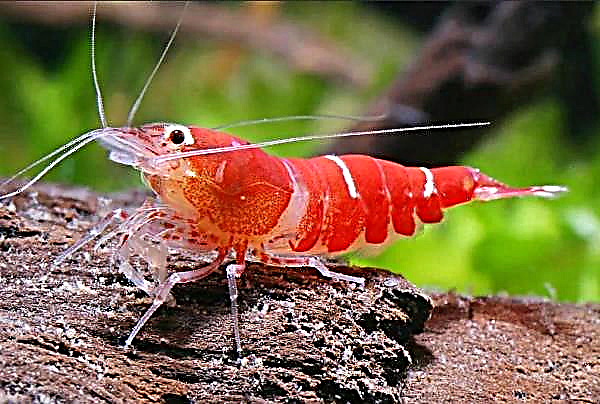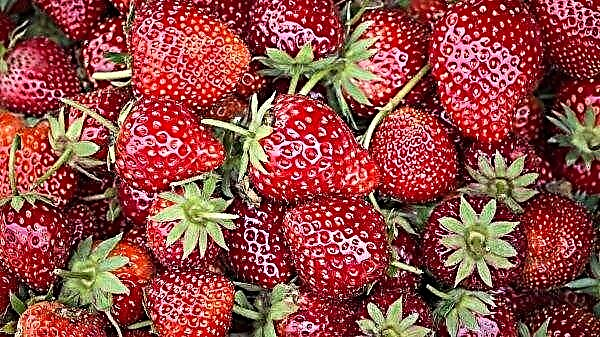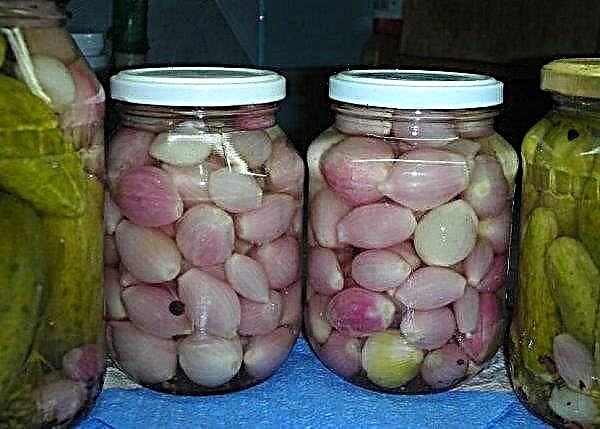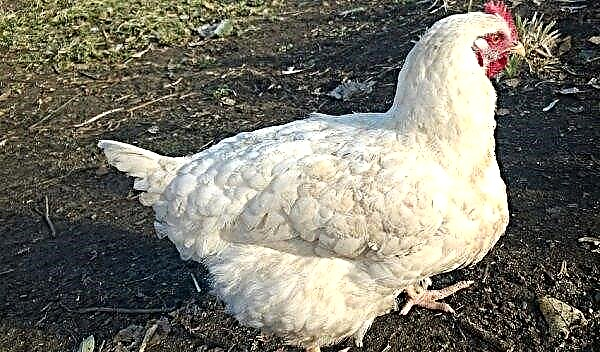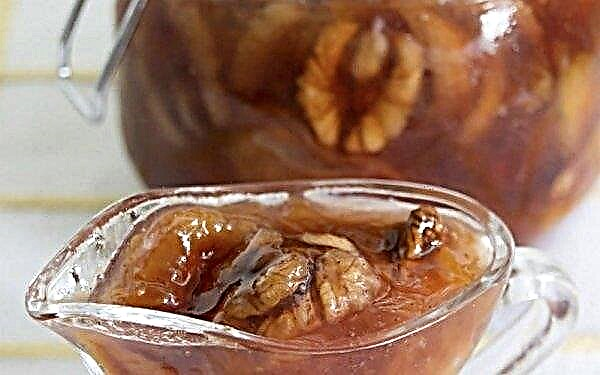Gladiolus is of tropical origin, but this does not stop gardeners from growing it in a cooler, changeable climate - for example, in the Urals. The main thing is to choose the right variety of flowers. About which particular types of gladioli to give preference, as well as the technology of their cultivation, read below.
The best varieties of gladioli for landing in the Urals
The Urals has a typical mountain climate. Precipitation here is distributed extremely unevenly, not only within the regions, but also in settlements. Also, this zone is characterized by sharp frequent changes in night and day temperatures. With this in mind, looking at the list of gladiolus varieties, it is worthwhile to dwell on those that are characterized by the highest resistance to these factors.
Important! Any types of gladioli will need to be tied up in windy weather. Otherwise, tender pedicels will break under the weight of the inflorescences.
It is best to give preference to early varieties blooming from July to September from the following list:
- Ben Venuto - Designed for cutting and landscaping. The flower heads are large, from 20 cm, painted in a peach hue. Plant height up to 2 m.

- Oasis - a plant up to 140 cm high. Each inflorescence contains 22 flowers with a diameter of 14–18 cm. Lemon petals with a bright blurry crimson stroke closer to the base.

- Sonata - the spike contains up to 16 flowers, painted in a saturated fuchsia color, ideal for composing bouquets. A plant up to 1.5 m high.
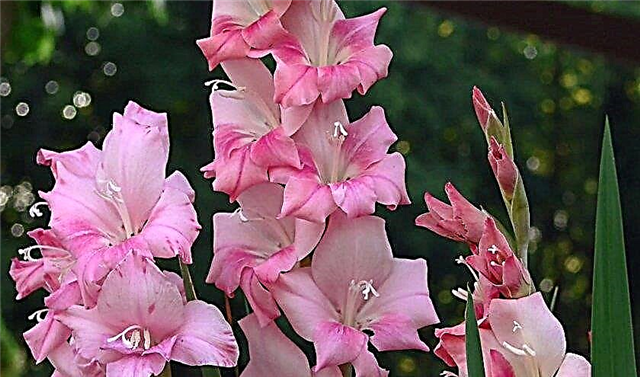
- Gladiolus large-flowered Vista - stems reach 1.3 m. The spike inflorescence, including up to 28 flowers, painted in bluish-blue tones.
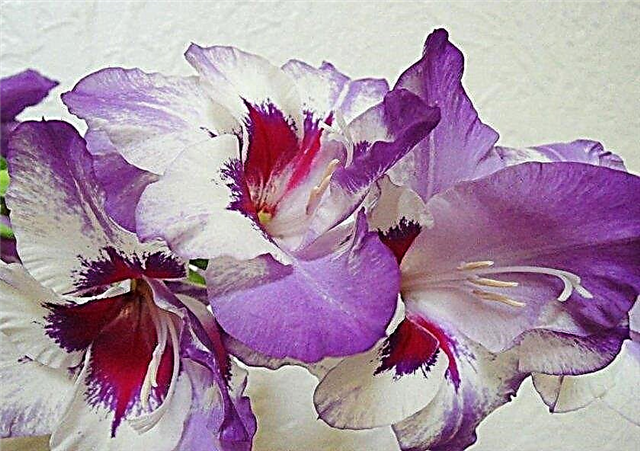
- Oscilla - snow-white large flowers that will give the site a festive look. The plant reaches a height of 1.3 m.

- Azurro - representative with blood red flowers. Its stems reach 100 cm.
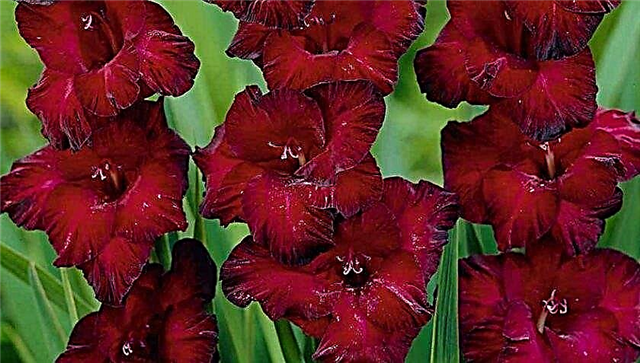
- Passos - Another of the large-flowered species. Its flowers are painted in several shades of purple and lilac, with corrugated petals.
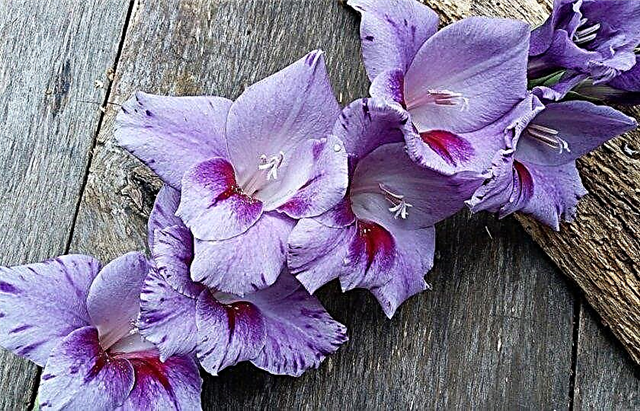
- Cook - It differs in bright saturated colors of a salmon shade.

Thus, the choice is quite diverse, in addition, this is not all the early varieties of gladioli, which can perfectly take root in the Ural climate.
When to plant gladioli in the Urals
Plant gladioli in the Urals should be in the spring. Suitable time for this is mid-May. In some years, the period may shift by 2 weeks, in one direction or another. It all depends on the weather. The best reference for a gardener is soil temperature. When it is already warmed up to + 10 ° C at a depth of 10 cm - it's time to plant gladioli.
Outdoor cultivation of gladioli in the Urals
Growing gladioli in the Urals is not so difficult: the cultivation technology of these flowers will not differ from that for other regions. The main thing is to constantly take into account weather conditions that change frequently: this will be the main difficulty.
Everything else happens according to the standard:
- preparatory work with planting material;
- organization and preparation of the site;
- landing in open ground;
- basic care throughout the season, consisting in watering and feeding;
- harvesting bulbs in the fall.
Preparing planting material
The process of preparing planting material for planting should begin 2 weeks before the expected time of the manipulation.
Important! If there is no potassium permanganate at hand, you can replace it with copper sulfate. To soak the bulbs of gladioli (for 2 hours) make a solution at the rate of 5 g of powder per 1 liter of water.
At the first stage, you should:
- Inspect the bulbs, discard damaged by pests and rotten.
- Dry and damaged upper flakes should be carefully removed.
- After this, place the bulbs in a light pink solution of potassium permanganate for 2 hours.
- Next, move the planting material on a dry towel and, after waiting for the liquid to drain, lay it on a baking sheet covered with parchment paper.
- In this state, leave the raw materials for a week in a warm room under diffused light.
 You can not waste extra time and plant the bulbs immediately after the above manipulations. However, the cultivation of gladioli, additionally sprouted before planting, is more effective.
You can not waste extra time and plant the bulbs immediately after the above manipulations. However, the cultivation of gladioli, additionally sprouted before planting, is more effective.
There are several ways to do this:
- Yating. It is necessary to place the bulbs upside down in a warm and bright room, wait for the arrows to appear.
- Using sawdust and straw. In a transparent bag made of polyethylene, place a layer 2 cm high from sawdust or straw (1: 1 can be mixed). Moisten the material with water so that it is moist, but does not release liquid. Onion evenly place on its surface. After that, collect the bag at the top and start blowing air into it with your mouth until it looks like a balloon. Tie a bag and leave it on a bright windowsill until the arrows sprout.
5 hours before planting, regardless of whether the material was germinated or not, it should be placed in the Epina solution (2 ml / 5 l of water).
Video: germination of gladioli
Site selection and soil preparation
When choosing a place on a site, be guided by the following criteria:
- lighting is plentiful;
- wind, draft - high-quality protection is needed;
- groundwater location - more than 1.5 m;
- soil - light, loose, highly nutritious, including humus and river sand;
- soil acidity - 5–7 pH;
- bad neighbors and predecessors for the flower - horseradish, radish, cabbage.
Given this, it is best to place plants on the south or east side of the site, not far from farm buildings, hedges or fences. But it is important that the wind barrier does not cast a strong shadow on the flowers, otherwise they will develop poorly.
The soil on the site should begin to be prepared in the autumn, when the harvest is harvested:
- Harvest plant debris, dig up soil to a depth of 20 cm.
- After this, disinfection should be carried out by spraying each m² of area with a solution of copper sulfate of 1% concentration (100 g of powder per 10 l of water).
- After a week, 20 kg of sand and 10 kg of manure should be applied to each m².
- Dig the prepared area to a depth of 20 cm.
 Immediately before planting, about a day later, the territory should be dug up again to a depth of 20 cm. If the spring turned out to be arid, then you need to water the site 2 days before planting (2 buckets of water per m²), and dig the soil in a day.
Immediately before planting, about a day later, the territory should be dug up again to a depth of 20 cm. If the spring turned out to be arid, then you need to water the site 2 days before planting (2 buckets of water per m²), and dig the soil in a day.
Landing
You should immediately outline the rows at a distance of 30 cm from each other. You can do this by drawing lines with glanders. Bulbs themselves in rows should be placed at a distance of 15 cm. When planting daughter bulbs, between the rows leave a step of 20 cm, and between planting material - 5 cm.
Did you know? In the Middle Ages, the corms of gladioli milled into dust were mixed with wheat flour when baking bread.
Leaving the distance between the plants, it is important to understand that the larger it is, the easier it is to carry out care in the future (the gardener will have free space for movement in rows).
Planting depth depends entirely on the structure of the soil and the size of the bulbs. On loose light soils, tubers more than 3 cm can be planted in recesses of 15 cm, and children - 5 cm. On heavy soils for planting material with the same dimensions, the depth should be reduced to 10 cm and 2 cm.
Step-by-step landing instructions:
- Pour water into the intended furrows - it is necessary that the soil becomes moist, but not marshy.
- Place the bulbs in the furrows at the required distance and depth, guided by the above recommendations. If a small depth is required, then the bulbs can simply be pressed into the ground.
Watering and feeding
Caring for gladioli in the Urals is quite easy. It is necessary to observe the basic rules of agricultural technology, as when cultivating in other regions. Water the vegetation at least 1 time per week. For every m² of planted area, approximately 10 liters of water are consumed. The liquid is applied early in the morning or late in the evening under the root. The main thing is that moisture does not fall into the axils of the leaves and flowers.
After watering, in order to avoid the appearance of a dense crust on the soil surface, it should be loosened to a depth of about 3 cm. Timely removal of weeds, which can cause the spread of diseases and pests, will also not hinder. Manipulation should be carried out at least 1 time per week. With the advent of the third sheet, the first top dressing should be made. At this stage, urea is used: 5–10 g / m² are applied, buried by 3 cm in the soil, or added to water for irrigation.
This amount is diluted in 10 liters of water. Second time fertilizer is fed to the plants after the formation of the sixth leaf. At this stage, superphosphate is used. It must be diluted in water for irrigation, since when introduced into the soil it will decompose for a long time and therefore cannot be fully consumed by plants. 35 g of substance is added to 10 liters of liquid - this is enough for fertilizing 1 m². For the third top dressingcarried out in the phase of the appearance of buds, apply wood ash. For 10 liters of water (for 1 m² of plantings) add 500 g of ash.
Video: how to fertilize gladioli
When to clean gladiolus before winter in the Urals
In the Urals, all flowers should be harvested should begin in early September. They need to be cut so that at least 4 leaves are left in the ground part, completely covering the peduncle. In this state, the vegetation is left for a month. During this time, the bulbs ripen, receiving food from the left foliage. After this period, you can dig up the tubers. For the final cleaning of gladioli from the site, dry, sunny weather should be selected.
Digging onions is better with a pitchfork. Having departed from the bush a distance of about 3 cm, immerse the equipment in the soil by 20 cm and slightly push forward. Further pulled by the ground part. After removing the corms from the ground, carefully remove dirt from it with their hands, without resorting to tapping on hard surfaces. After the manipulation, the entire ground part should be cut off completely, at a distance of 2 cm from the tuber.
Subsidiaries should be immediately separated from maternal ones. At the same stage, weak, rotten, damaged bulbs begin to be discarded. The planting material selected for the next year is laid out in small nylon bags (subsidiaries and mothers are placed separately). Each of them is signed, indicating the grade and year of collection.
The following is a series of preventative treatments for diseases and pests:
- Dilute 1 ampoule of the Decis preparation in 5 l of water with a temperature of + 30 ° C. Place the bags of raw materials in the solution for 40 minutes. After the specified time, remove them from the container and hang them to dry in a well-ventilated area. This treatment is designed to prevent thrips.
- 5 days later after the first soaking, dissolve the ampoule of the drug "Maxim" in 2 l of water (temperature - + 30 ° C). Place bags of planting material in the liquid for 30 minutes. This treatment is needed to prevent fungal infections.
After the last disinfection, the raw materials are laid out on a flat surface in a warm room and dried for 2 months. The temperature regime during this period should be maintained within +20 ... + 25 ° С. All this time, they must inspect the material and discard it rotten.
Video: preparing gladioli for winter
How to store dug gladioli
After 2 months of drying, when the winter comes, the bulbs are sent for storage. They are preliminarily laid out in specially prepared cardboard boxes by grades and dimensions (subsidiary and maternal formations). Instead of boxes, paper bags can be used. If there is not so much raw material, then in winter it is convenient to store it on the refrigerator door: the optimum temperature is kept there in the range from +2 ... + 8 ° С. It is very important to withstand precisely the indicated heat indicator throughout the winter period and until the start of preparation for planting. This will allow you to create dormancy conditions for tubers that are as close as possible to natural ones. Such a beautiful flower as a gladiolus can be grown even in the Urals, if you approach the selection of planting material and care for it correctly.
It is very important to withstand precisely the indicated heat indicator throughout the winter period and until the start of preparation for planting. This will allow you to create dormancy conditions for tubers that are as close as possible to natural ones. Such a beautiful flower as a gladiolus can be grown even in the Urals, if you approach the selection of planting material and care for it correctly.
Did you know? In ancient Rome, gladiolus was attributed magical properties and revered as the flower of gladiators. The soldiers wore plant tubers around their necks - like an amulet to attract victory.
If we delve deeper into the question of the technological process of cultivation, then it is practically no different from that for other regions. The only difficulty is weather conditions, but using the recommendations presented above, this problem can easily be dealt with.









